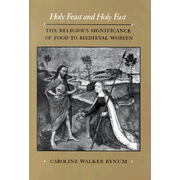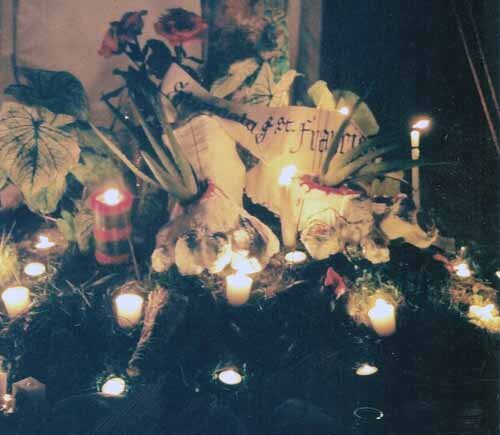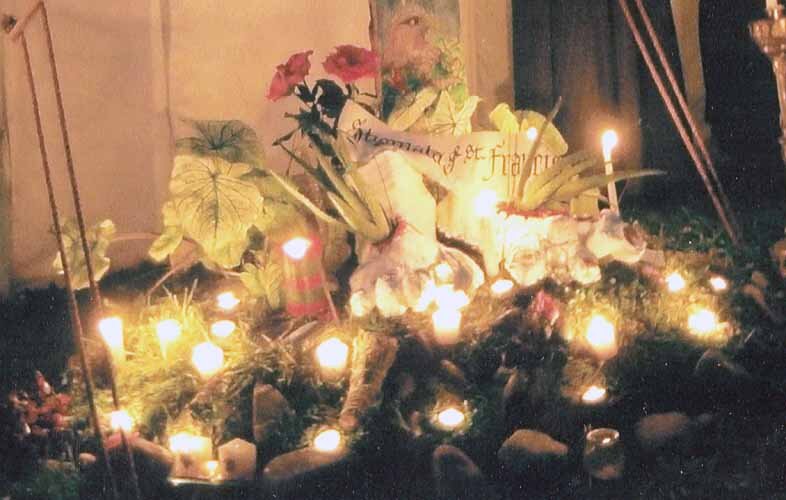There is a 14th century manuscript included in Francis and Clare: The Complete Works (The Classics of Western Spirituality), which describe what St. Francis considers “perfect joy”. I can’t tell you how much this story has helped me. I’ve paraphrased it here:
Brother Leo asks St. Francis, “What is perfect joy?” St. Francis replies listing the things that would logically bring him great happiness: If all the masters in Paris join my order, it would not be perfect joy. Or if all the masters in Europe, and the King of France joined the order, that would not be perfect joy. And if all the non-believers in the world were converted and I had the grace from God to heal all sickness, that would not be true joy.
(Okay, so what would it be? Get ready!)
“I return from Perugia and arrive here in the dead of the night and it is winter time, muddy and so cold that icicles have formed on the edges of my habit and keep striking my legs, and blood flows from the wounds. And all covered with mud and cold, I come to the gate and after I have knocked and called for some time, a brother comes and asks: “Who are you?” I answer: “Brother Francis.” And he says: “Go away; this is not a proper hour for going about; you may not come in.” And when I insist, he answers: “Go away, you are a simple and a stupid person; we are so many and we have no need of you. You are certainly not coming to us at this hour!” And I stand again at the door and say: “For the love of God, take me in tonight!” And he answers: “I will not. Go to the Croisers’ place and ask there.” I tell you this: If I had patience and did not become upset, there would be true joy in this…” (p.165-6)
It is this passage that inspired me to make an altar of St Francis’ feet. How can seeming misery be joy? Illness and wounds, whether physical or metaphorical, can bring enormous suffering. Our experiences of pain are mirrored for us by St. Francis' stigmata. On my altar I planted the aloe vera plants in his stigmata to show that our wounds can bring healing to our lives. But this, St. Francis counsels us, is only possible through acceptance not struggle. It is struggle that produces suffering, and acceptance which produces joy. There are, in fact, things that happen in each life that can not be changed and which seem completely unacceptable, things like severe illness, disfiguration or scars, & the death of a loved one to name a few. St. Francis shows us that there can be happiness, even joy in the face of these terrible events and from that healing. Pain & joy are not mutually exclusive emotions and healing depends on the coexistence of the two.
I mention this only because it is so easy to be thrown by the events of life and to forgo making art. But art is life blood to an artist and we must learn not to be crippled in the face of great obstacles rather we must create.











